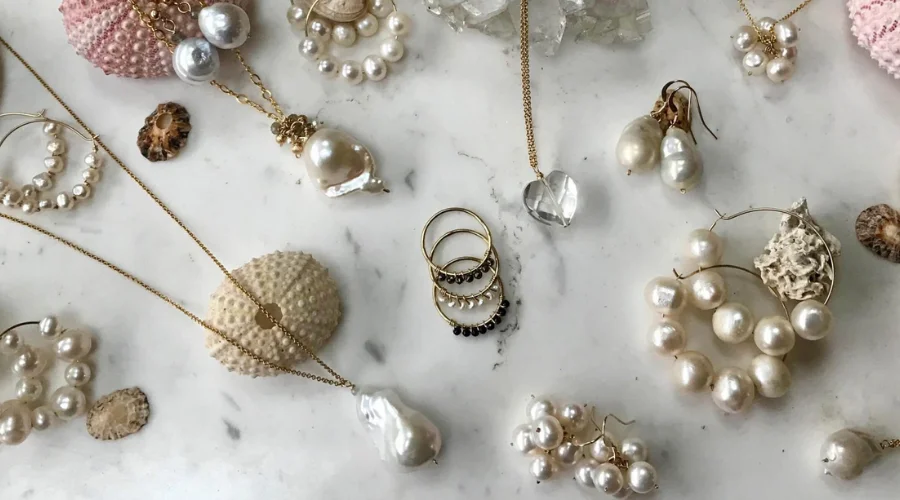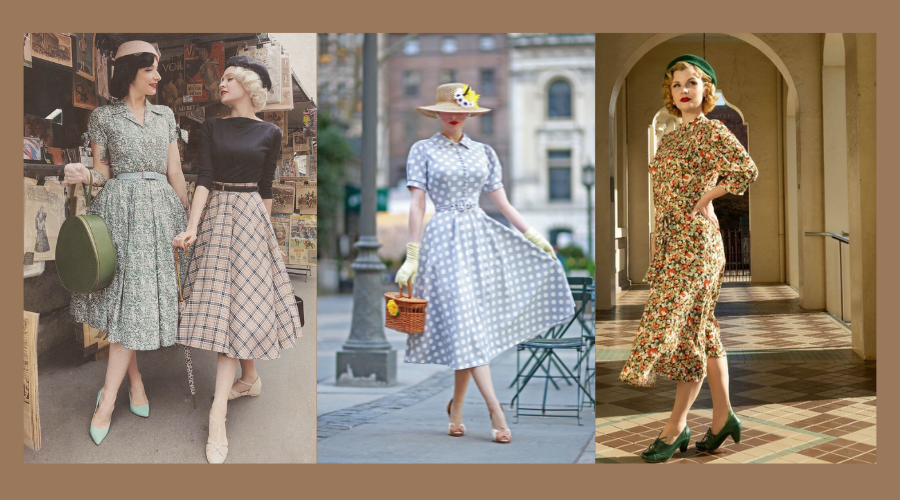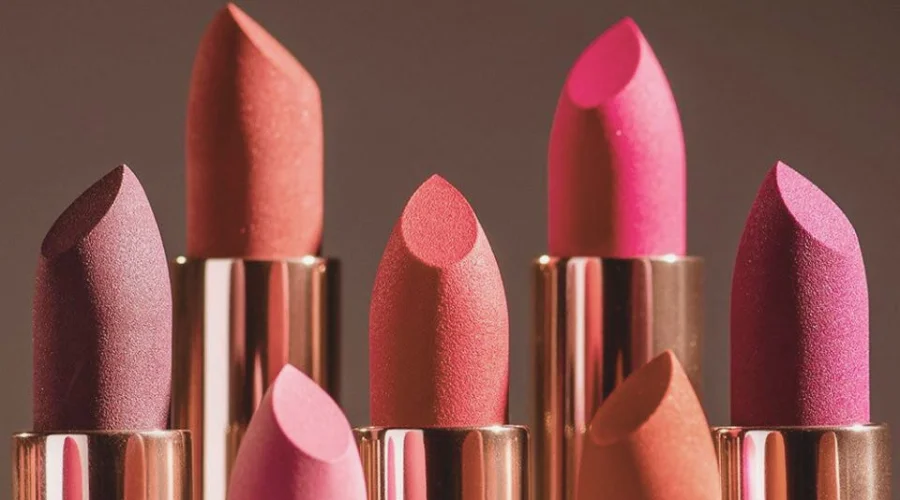
In the realm of fashion and self-expression, few things hold as much significance as jewelry. From ancient civilizations to modern-day societies, jewelry has been a symbol of status, culture, and personal style. The intricate craftsmanship and the stories each piece tells make jewelry an everlasting fascination for people around the world. In this blog post, we’ll explore the timeless allure of jewelry, delving into its history, the craftsmanship behind it, and its evolving role in contemporary fashion.
A Glittering History: From Ancient Times to Modern Elegance
Jewelry has been an integral part of human culture for thousands of years, with its origins dating back to prehistoric times. Early civilizations used natural materials like shells, bones, and stones to create adornments, reflecting their connection to nature and the cosmos.
1.1 Ancient Artifacts and Symbolism
Ancient Egyptians are renowned for their exquisite jewelry, often crafted with precious metals and gemstones. The significance of jewelry in their culture is evident in the treasures found in tombs, where intricate pieces were buried alongside pharaohs to accompany them into the afterlife. Each piece served a symbolic purpose, representing power, protection, and spirituality.
1.2 Renaissance and the Birth of Artistic Expression
The Renaissance period marked a shift in the perception of jewelry, transitioning from mere accessories to works of art. Skilled artisans incorporated intricate designs, gemstone settings, and filigree work, turning jewelry into a medium for expressing creativity and individualism. The craftsmanship during this era laid the foundation for the exquisite pieces we appreciate today.
1.3 Victorian Era and Sentimental Jewelry
The Victorian era introduced sentimental jewelry, where pieces were crafted to convey emotions and messages. Lockets with hidden compartments, rings with hidden engravings, and charm bracelets became popular, allowing wearers to carry cherished memories and sentiments close to their hearts.
Craftsmanship Unveiled: The Art of Creating Timeless Pieces
The art of jewelry-making involves a meticulous process that combines creativity, precision, and passion. From the initial design concept to the final polishing, each step requires skill and attention to detail.
2.1 Design and Conceptualization
At the heart of every stunning piece of jewelry is a thoughtful design. Whether it’s a contemporary piece or a vintage-inspired creation, the process begins with sketching and conceptualization. Designers draw inspiration from various sources – nature, architecture, or even emotions – to bring a unique vision to life.
2.2 Materials and Gemstone Selection
The choice of materials plays a crucial role in the final aesthetic of the jewelry. Gold, silver, platinum, and a variety of other metals can be used as the base, while diamonds, rubies, sapphires, and emeralds are among the many gemstones that add brilliance and color. The selection of materials often depends on the designer’s vision and the style they aim to achieve.
2.3 Handcrafted vs. Mass Production
While modern technology has introduced methods of mass-producing jewelry, many artisans still value the tradition of handcrafting. Handcrafted pieces often boast a unique touch, showcasing the artisan’s expertise and attention to detail. Mass-produced jewelry, on the other hand, allows for more affordability and accessibility.
2.4 Techniques: From Filigree to 3D Printing
Jewelry-making encompasses a myriad of techniques. Filigree, an ancient art form, involves delicate metalwork, creating intricate patterns and designs. On the other end of the spectrum, 3D printing has revolutionized the industry, allowing for precise and complex designs that were once challenging to achieve.
Jewelry in Contemporary Fashion: Beyond Adornments
In the 21st century, jewelry has evolved beyond its traditional role as a mere accessory. It has become a form of self-expression, a statement of individuality, and a way to convey personal stories.
3.1 Minimalism in Modern Jewelry
The minimalist movement has influenced various aspects of design, including jewelry. Clean lines, simple shapes, and subtle elegance characterize modern minimalist jewelry. This shift towards simplicity allows for versatility, making these pieces suitable for both casual and formal occasions.
3.2 Sustainable and Ethical Jewelry
As awareness of environmental and ethical issues grows, so does the demand for sustainable and ethical jewelry. Artisans and designers are increasingly sourcing materials responsibly, opting for recycled metals and ethically mined gemstones. This shift reflects a commitment to creating beautiful pieces without compromising on social and environmental values.
3.3 Technology’s Impact on Design
Advancements in technology, such as computer-aided design (CAD) and 3D printing, have revolutionized the jewelry design process. Designers can now create intricate and complex pieces with precision, pushing the boundaries of what was once thought possible. This marriage of traditional craftsmanship and modern technology results in extraordinary pieces that blend the best of both worlds.
3.4 Personalized Jewelry: Beyond Trends
The desire for personalized and meaningful jewelry continues to gain momentum. Whether it’s a name necklace, a birthstone ring, or a custom-engraved bracelet, people seek pieces that tell their unique stories. This trend emphasizes the emotional connection individuals share with their jewelry, transcending the transient nature of fashion trends.
Conclusion
In conclusion, jewelry remains an enduring symbol of beauty, craftsmanship, and personal expression. Its journey through history, from ancient artifacts to modern masterpieces, showcases its ability to adapt and evolve. The craftsmanship involved in creating each piece, whether through traditional methods or cutting-edge technology, adds a layer of artistry that transcends time.
As we navigate the ever-changing landscape of fashion, one thing remains constant – the allure of jewelry. Whether it’s a vintage heirloom passed down through generations or a contemporary piece crafted with the latest technology, jewelry continues to captivate and enchant, proving that its significance goes far beyond adornment. It is a testament to the human spirit’s desire to create, express, and adorn itself with the timeless beauty of finely crafted treasures.













